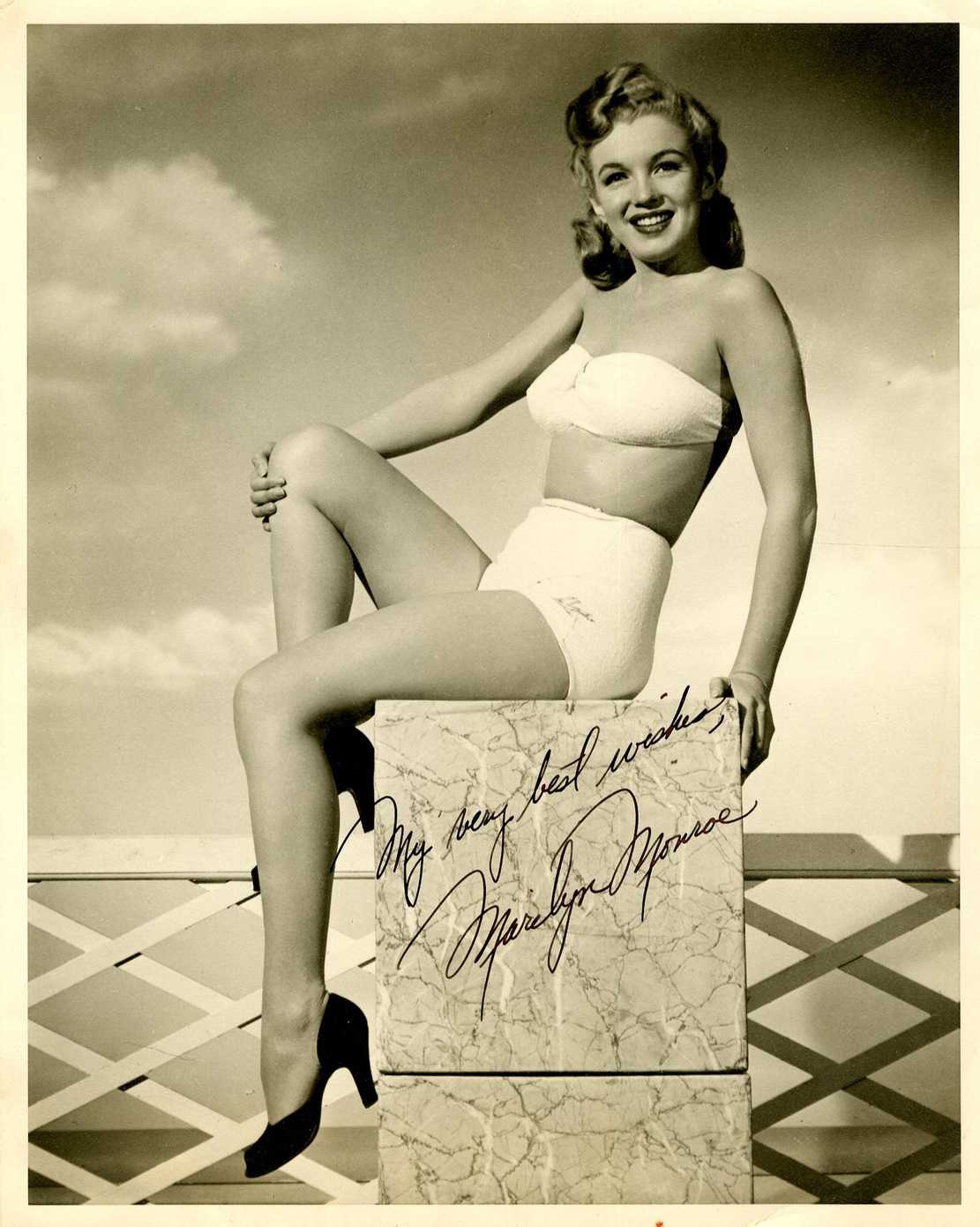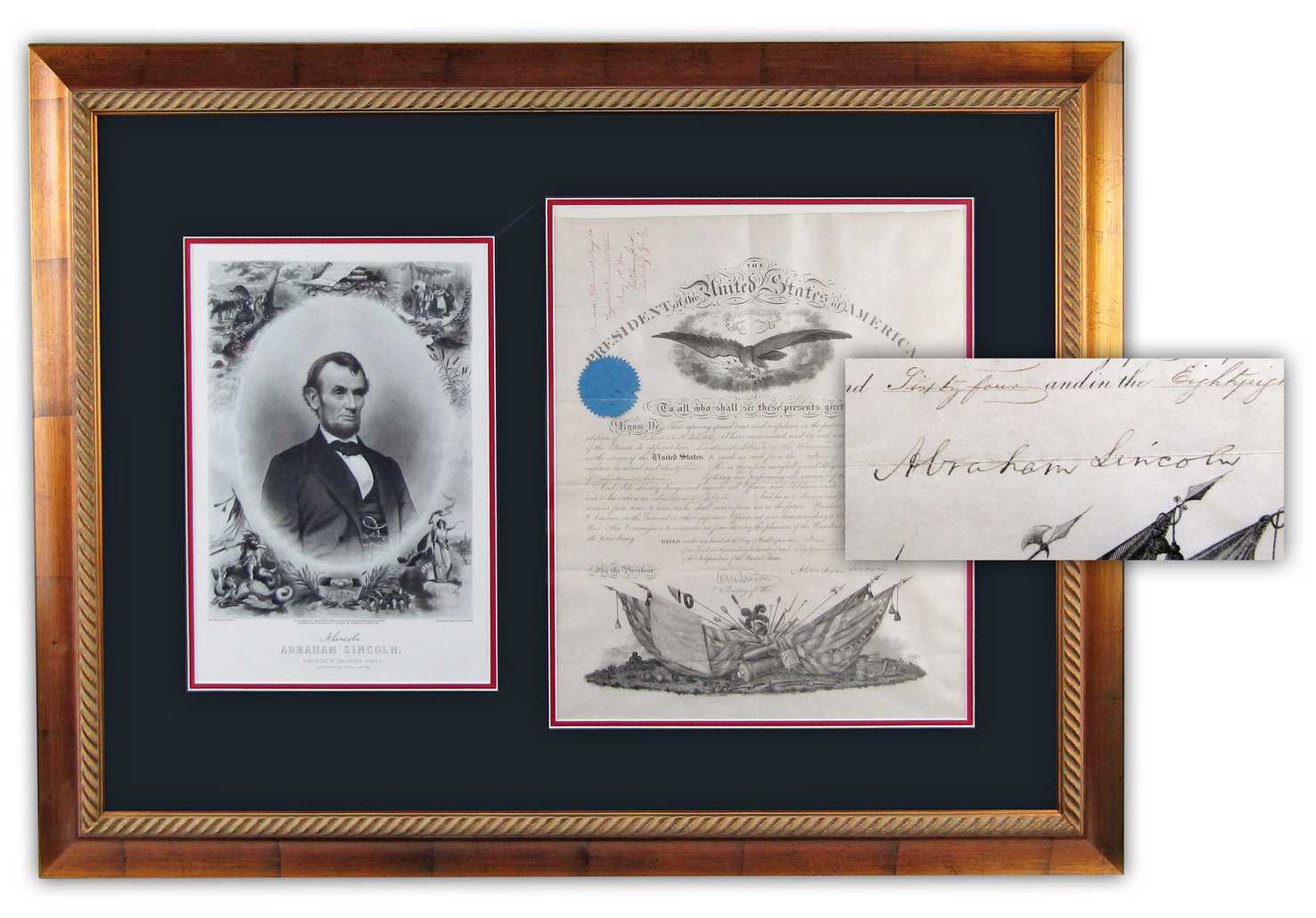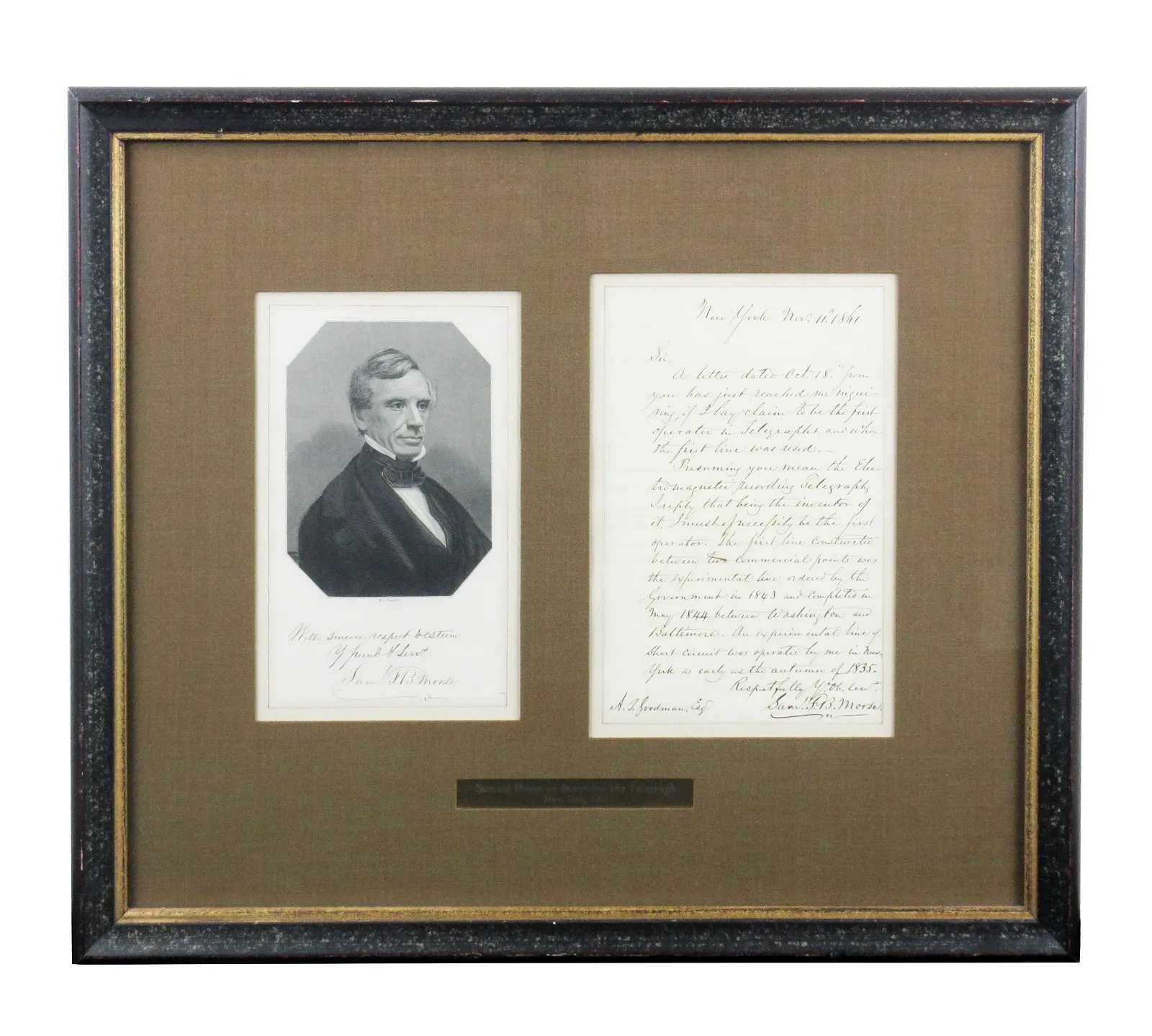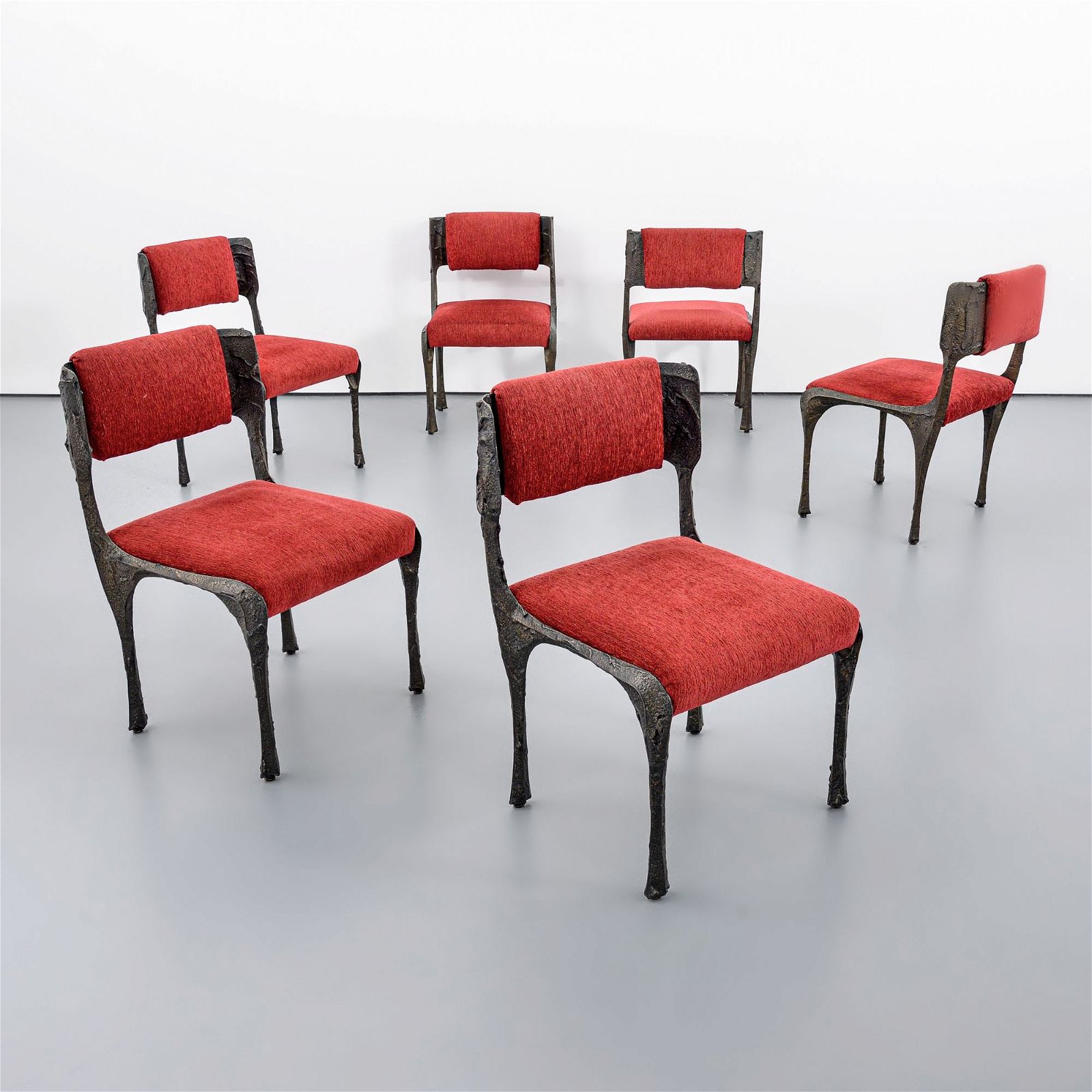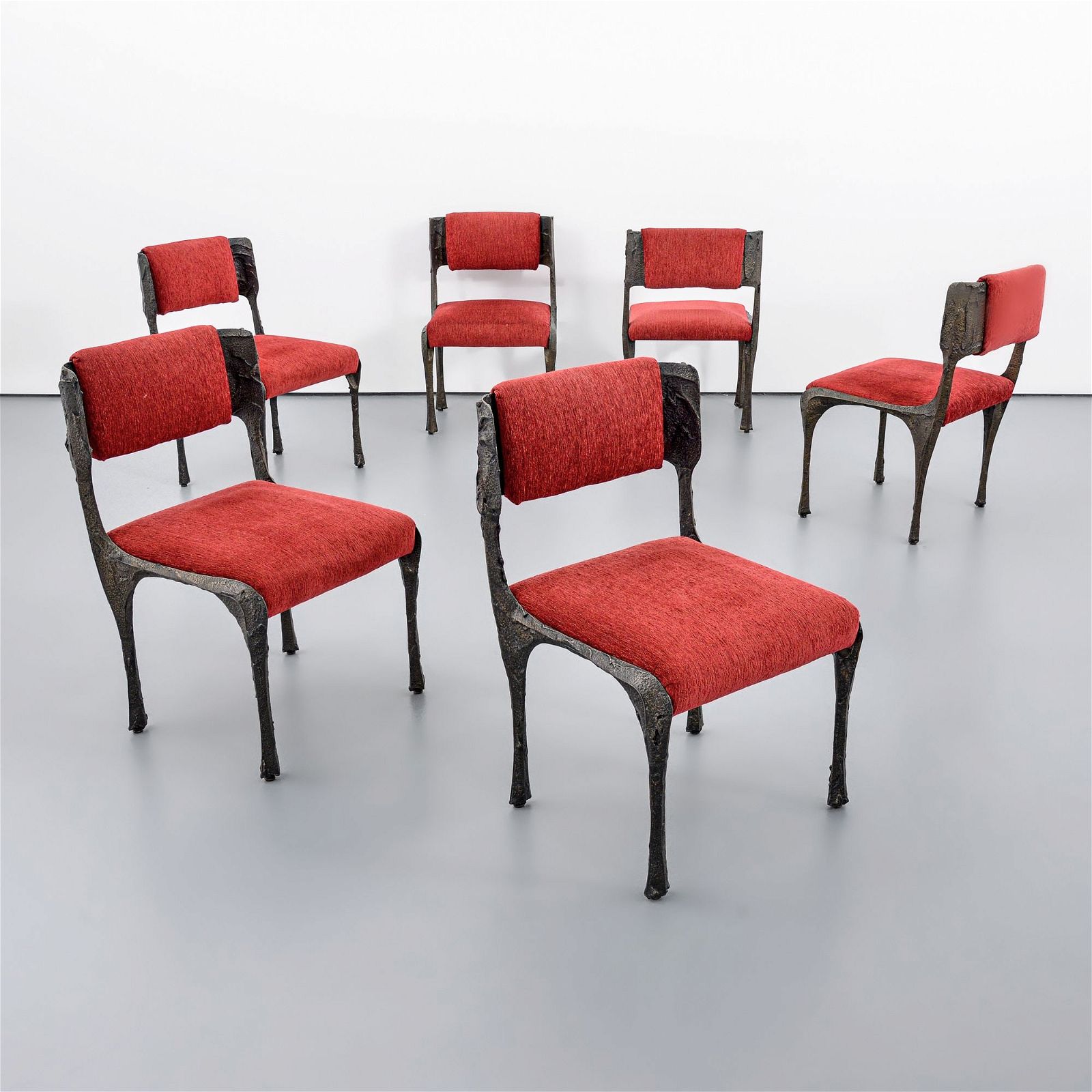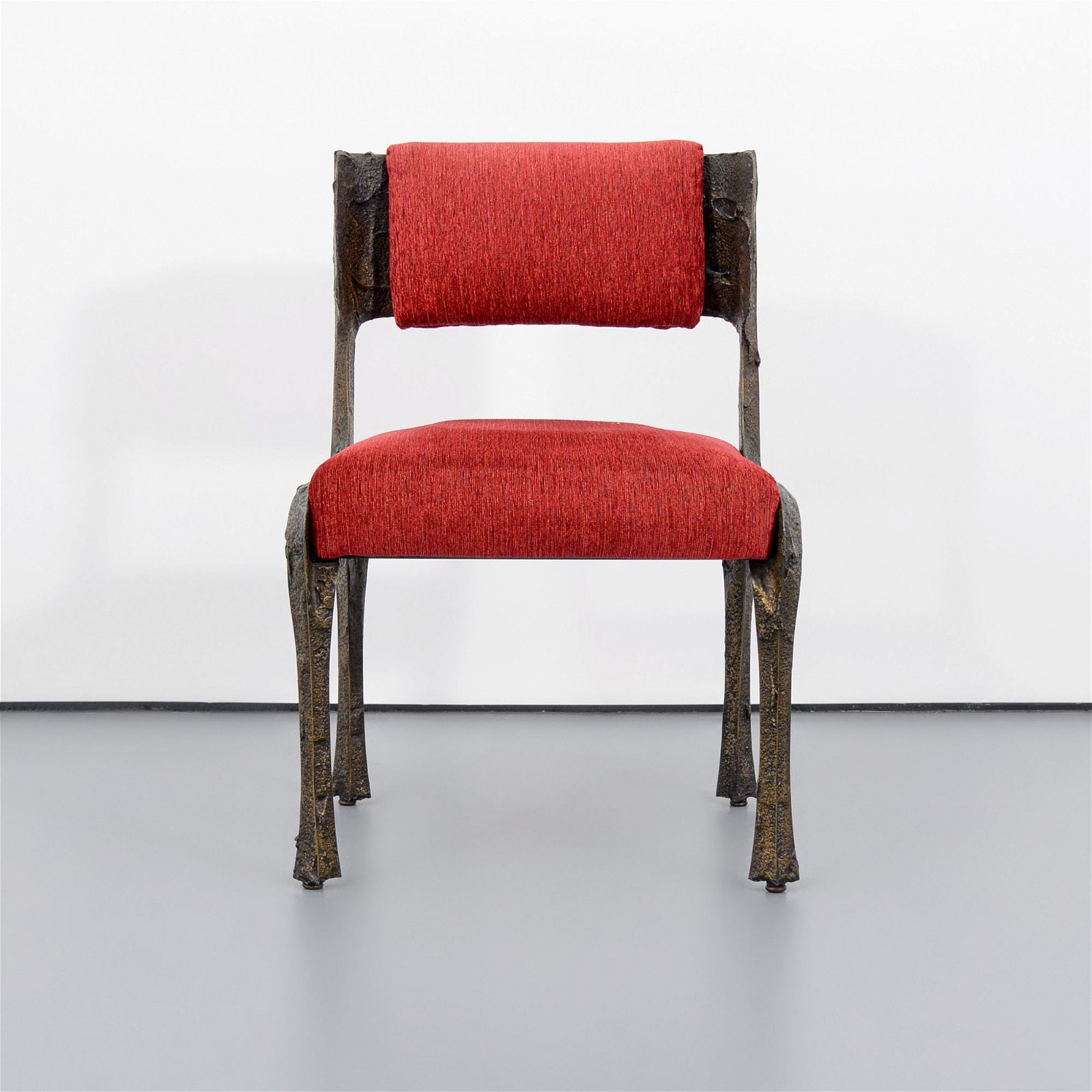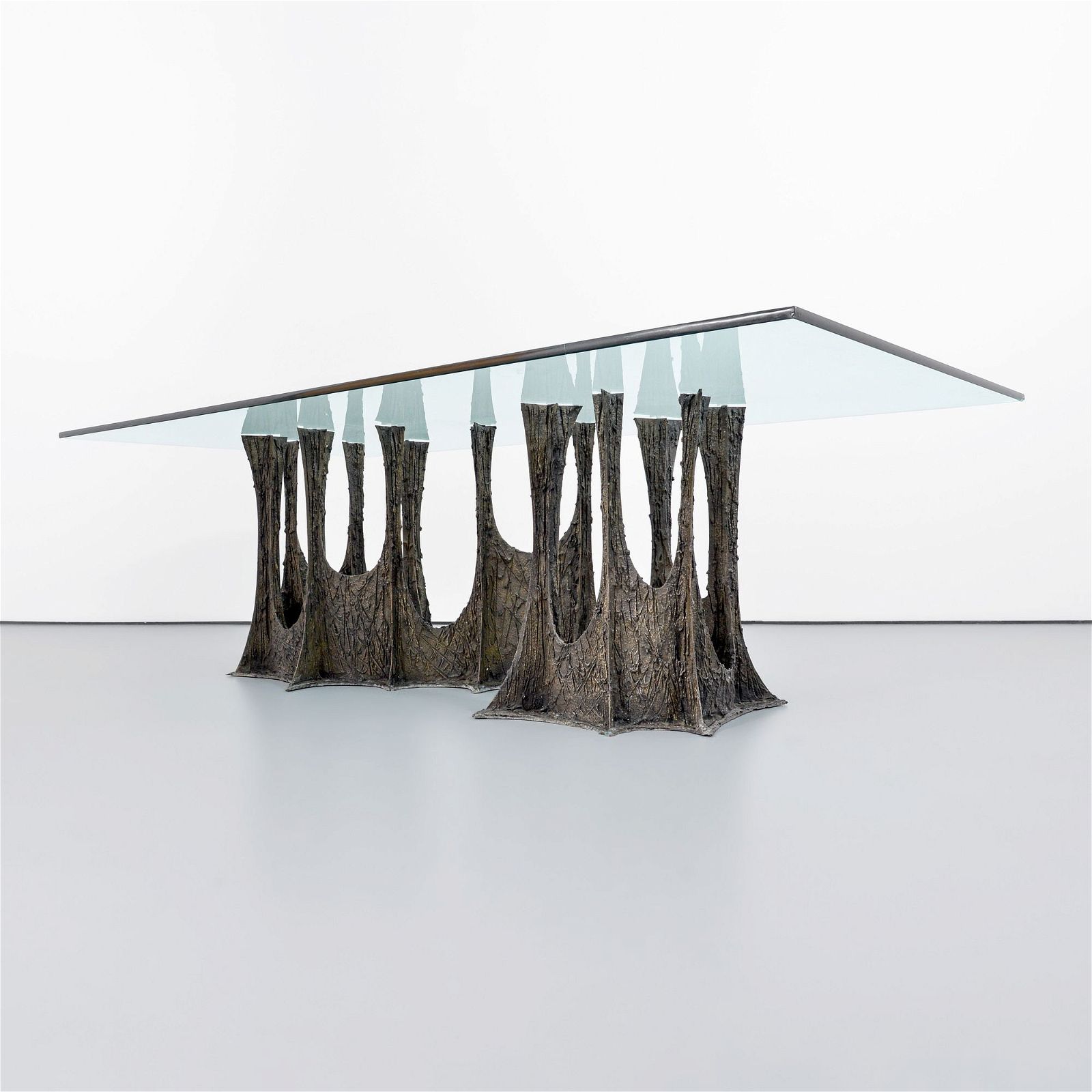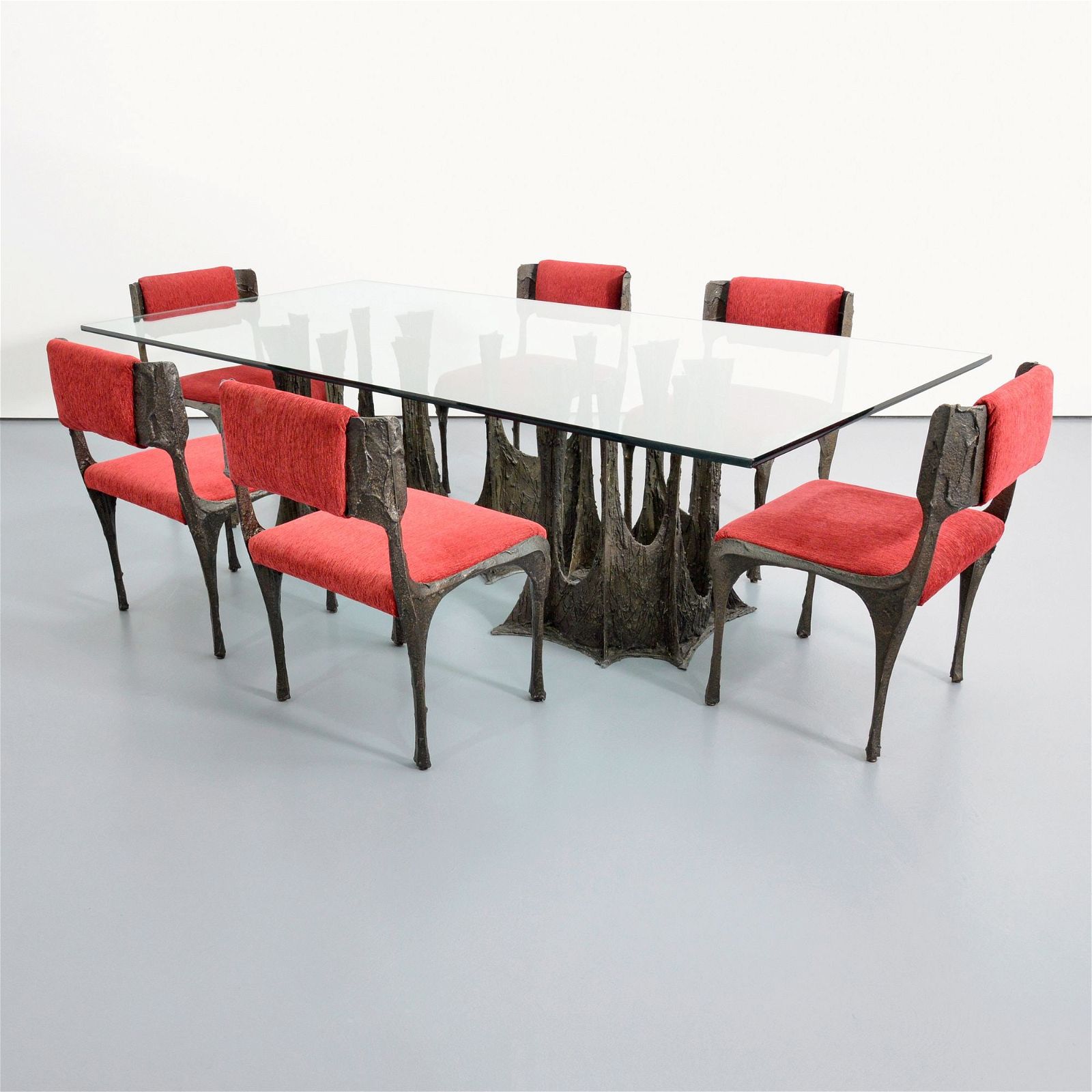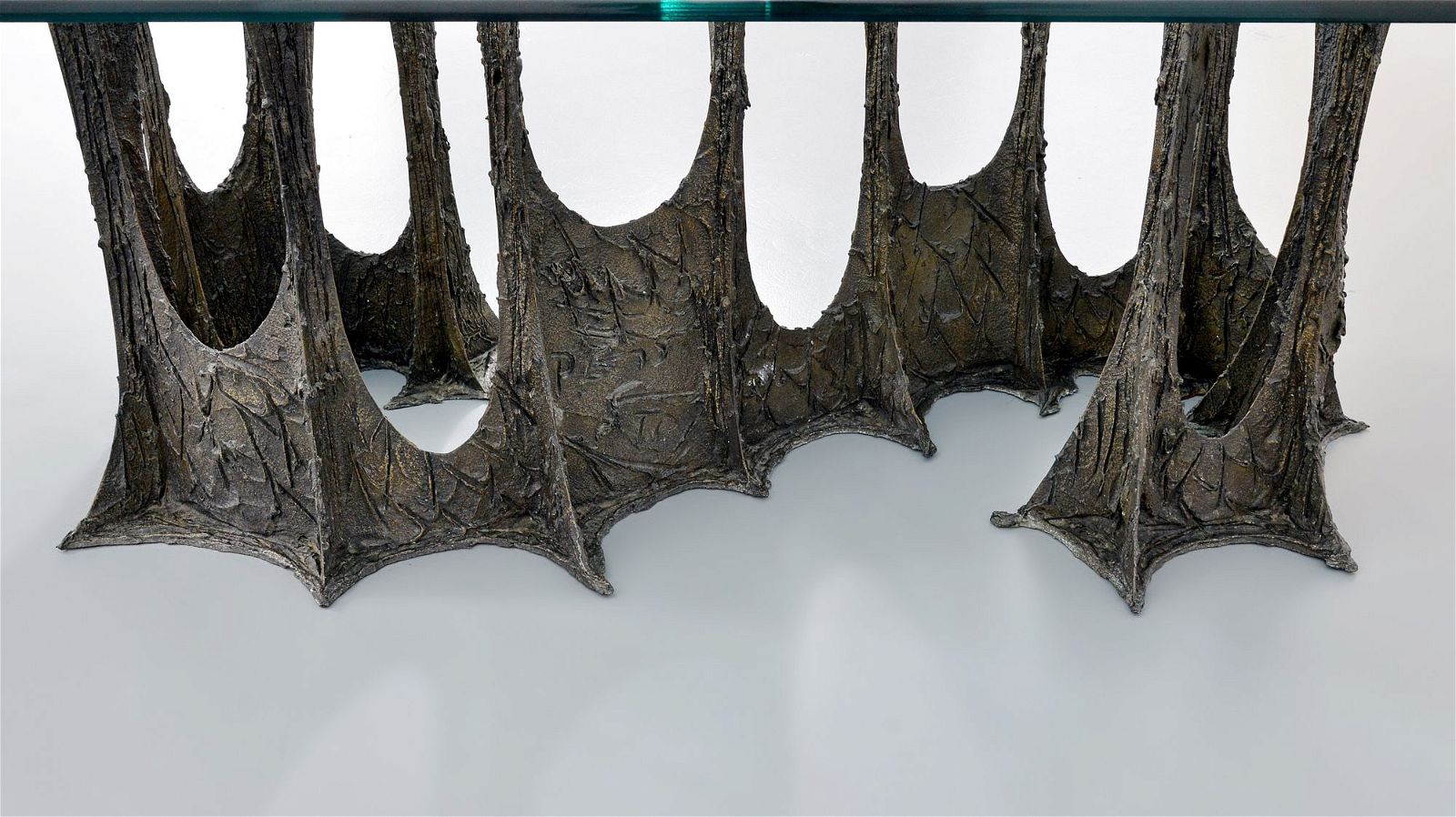SOUTH SAN FRANCISCO – The Saturday, April 6 sale at Turner Auctions + Appraisals features 76 works of art from a private collection in Northern California. Thirty of them are by the American Impressionist painter Colin Campbell Cooper (1856-1937). The catalog is now open for bidding at LiveAuctioneers.
Cooper is best known as a painter of architectural scenes, especially the buildings of his native Philadelphia and the newly emerging so-called ‘modern’ cities of New York (where he lived from 1904 to 1921) and Chicago. Writing in 1911, a critic called him “the skyscraper artist par excellence of America”.
However, after his wife’s death in 1921, he moved to California and the Santa Barbara Community School of Arts. He said of his new environment: “I find Santa Barbara so conducive to the sort of things a painter most craves – climate, flowers, mountains, seascapes, etc. – with a community interest in all sorts of artistic matters that I am compensated, to a degree, for the isolation from that artistic universe of America”.
The 30 framed works offered here – many of them bought from the Sullivan Goss gallery in Santa Barbara – provide a cross-section of the artist’s oeuvre from Mediterranean street scenes to Californian cloud studies. Most are small-format plein air oil-on-board sketches, quickly worked by the artist to capture a moment before a larger work of the same subject was done in the studio.
In chronological order, they begin with an atmospheric oil sketch of Randolph Street, Chicago, estimated at $1,500-$2,500 and taken from LaSalle Street, with the colonnaded exterior City Hall building to the left. The finished work was pictured in the The Booklovers Magazine in 1905 – the same year the foundations of the City Hall sank, causing a gas pipe explosion that blew the roof off the building.
An oil-on-board sketch of the Palace of Fine Arts is offered with an estimate of $1,500-$2,500. Cooper – who had been inspired to become a painter after visiting the Philadelphia Centennial in 1876 – exhibited in San Francisco’s Panama-Pacific International Exposition in 1915, winning a gold medal for oil painting and a silver medal for watercolor. While there, he created a series of paintings depicting the exposition’s buildings, including several large-scale oils of the Palace of Fine Arts, one of them sold by John Moran Auctioneers in Altadena, California in 2013 for $75,000.
Cooper’s series of cloud studies were much more personal works. Following the tradition of artists before him, he painted them in abundance, capturing the changeability of the Californian sky as it drifted above him. There are four examples on offer in the April 6 sale, including Clouds and Sun with Golden Rays, which is estimated at $1,000-$1,500.
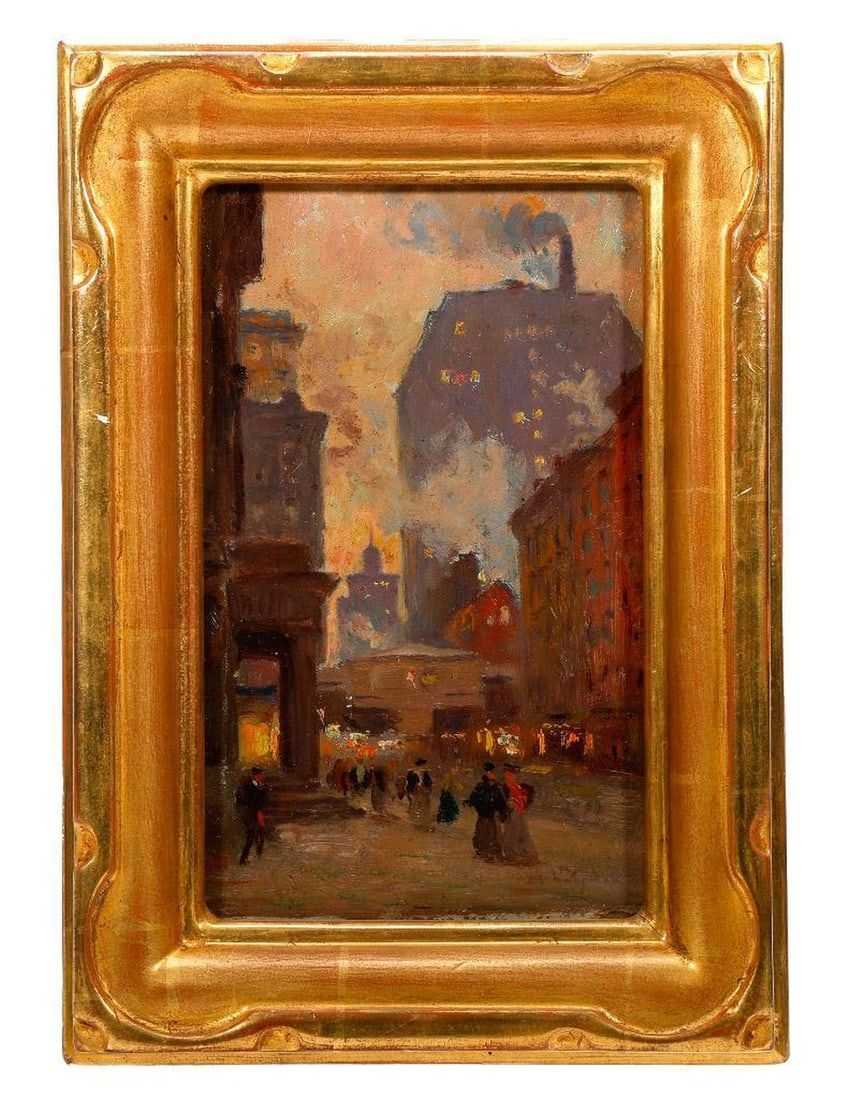
‘Study for Randolph Street, Chicago’ by Colin Campbell Cooper, estimated at $1,500-$2,500 at Turner Auctions + Appraisals.
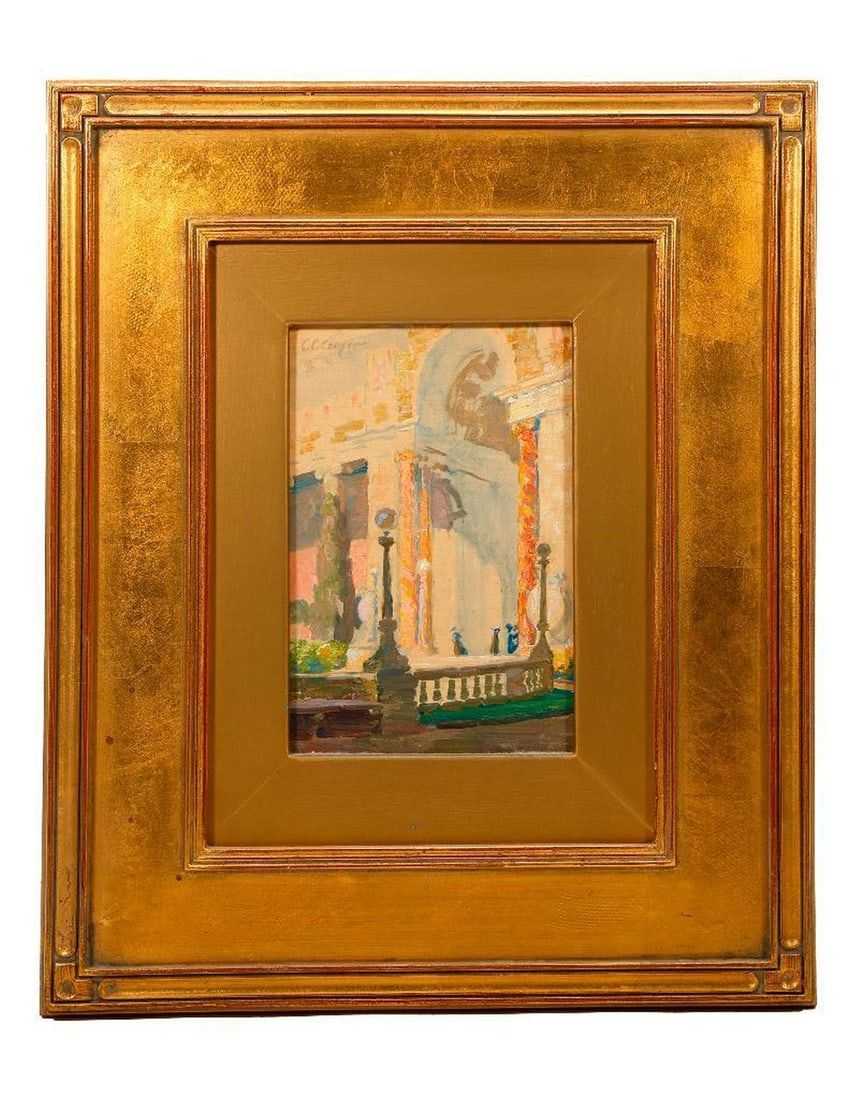
‘Palace of Fine Arts’ by Colin Campbell Cooper, estimated at $1,500-$2,500 at Turner Auctions + Appraisals.
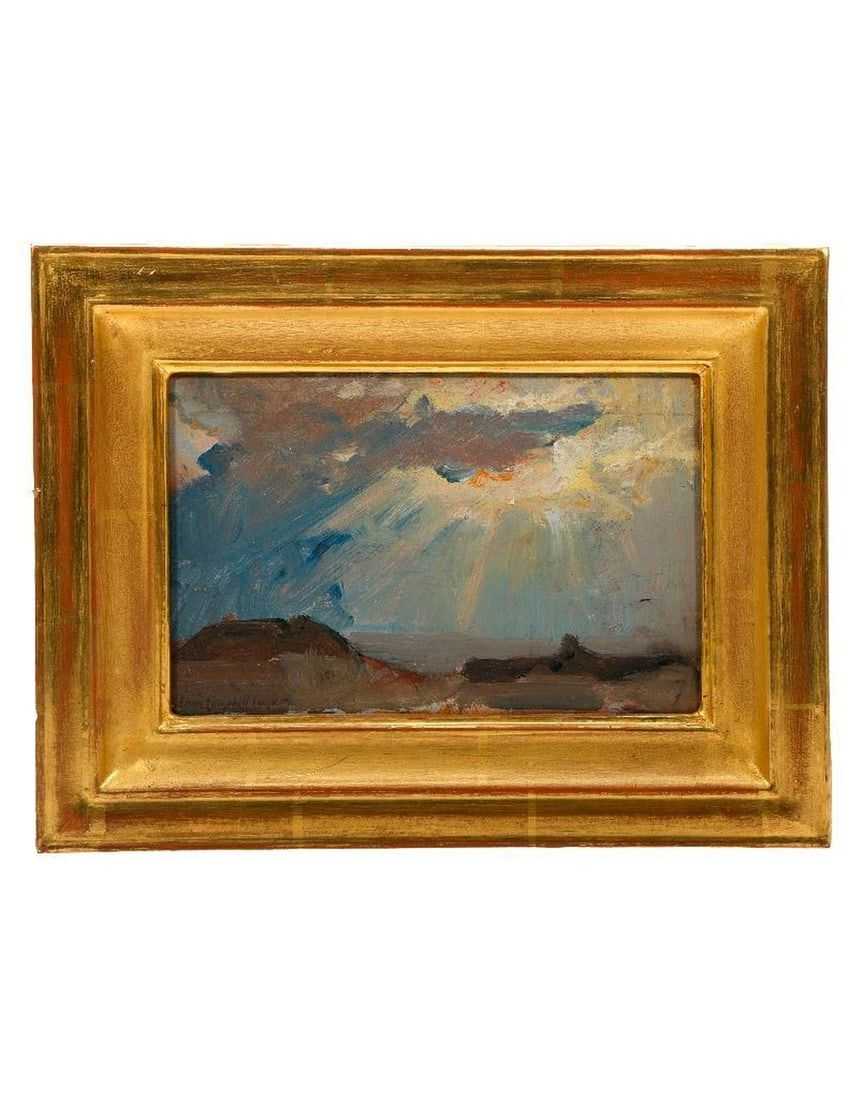
‘Clouds and Sun with Golden Rays’ by Colin Campbell Cooper, estimated at $1,000-$1,500 at Turner Auctions + Appraisals.
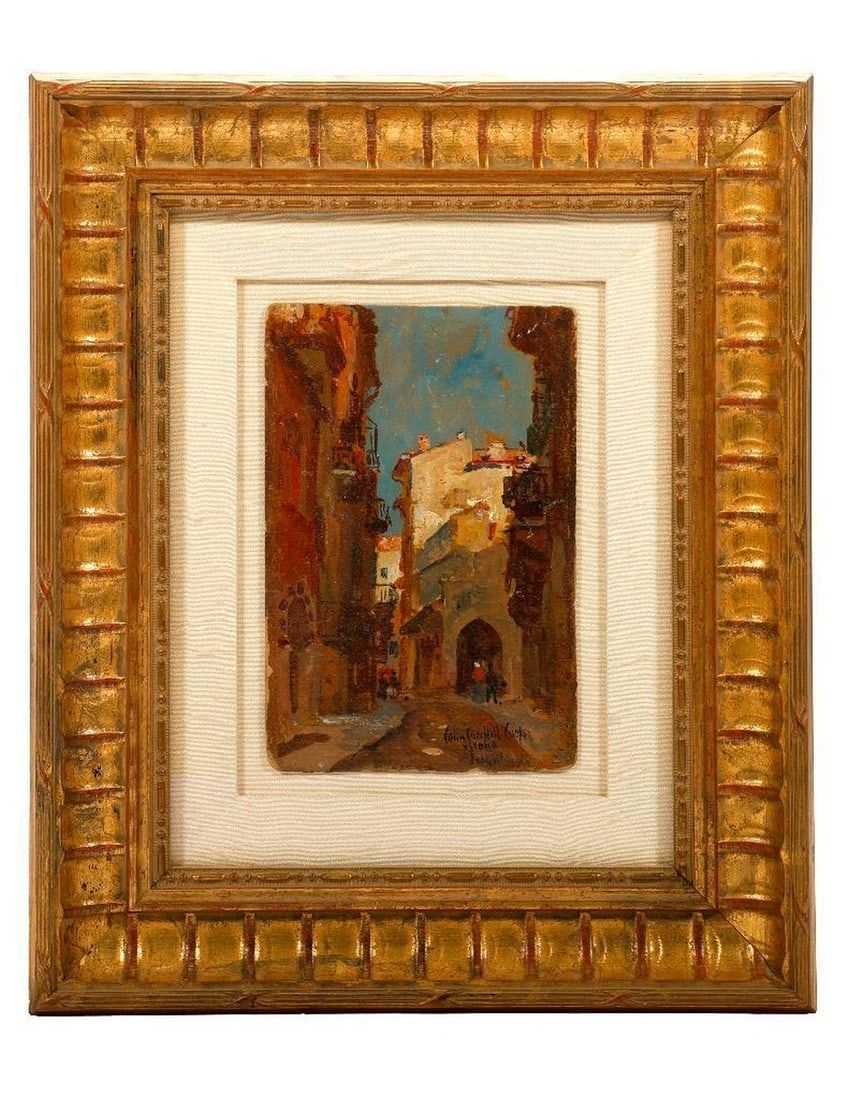
‘Street in Verona, Italy’, a 1909 work by Colin Campbell Cooper, estimated at $1,500-$2,500 at Turner Auctions + Appraisals.


